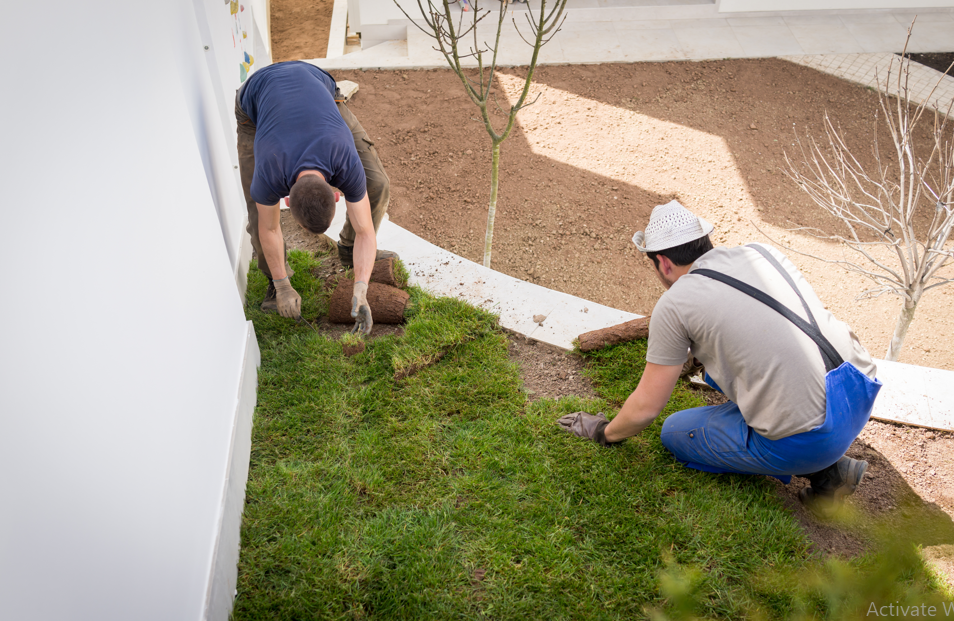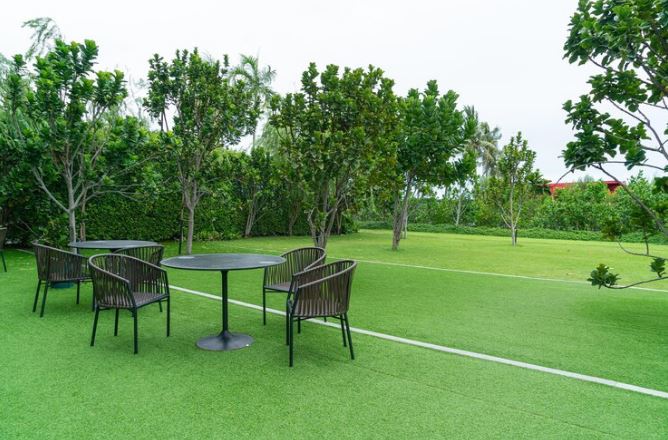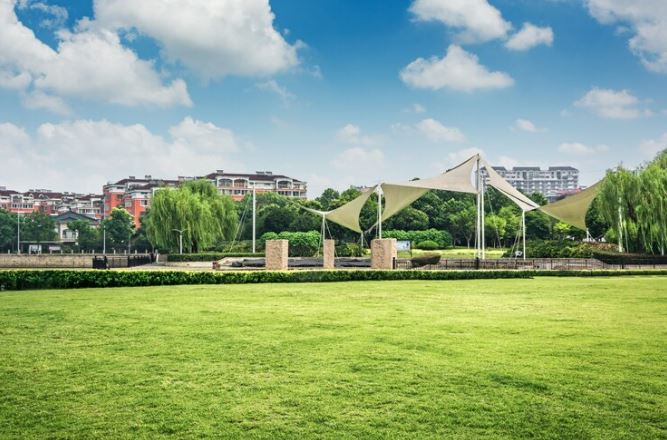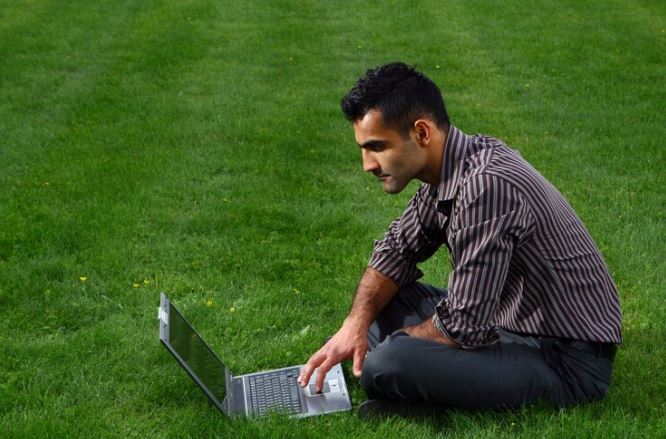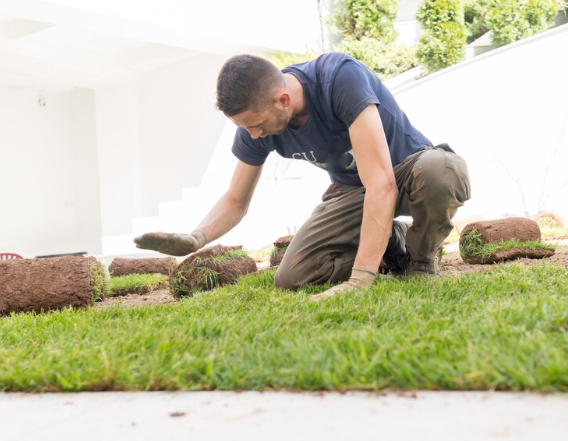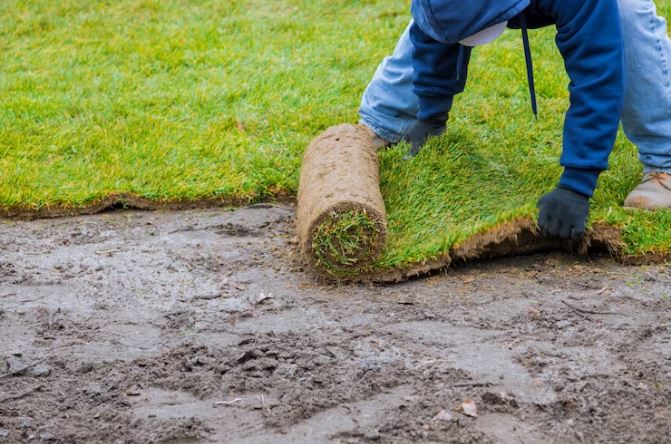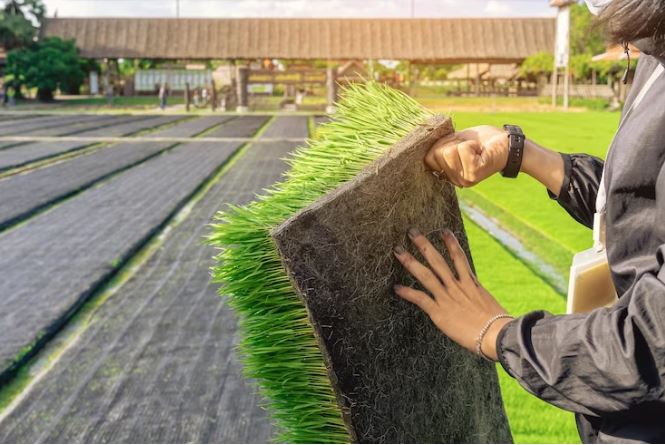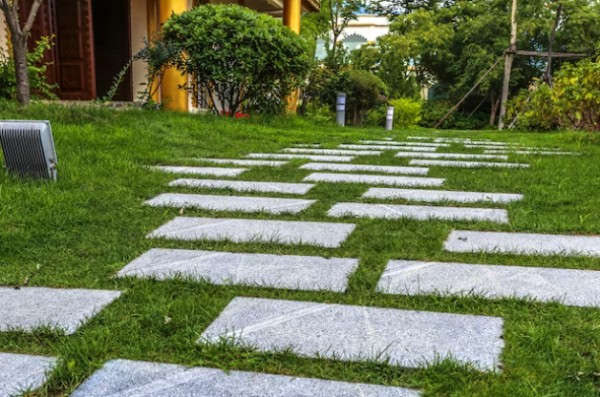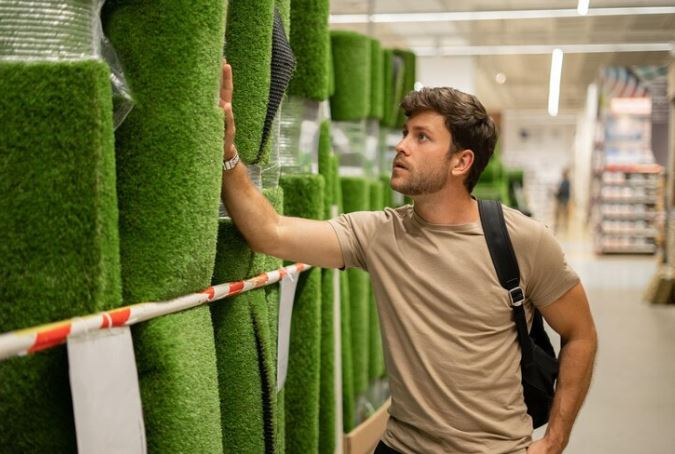Thinking about getting artificial turf but not sure if you should tackle it yourself? DIY artificial turf installation can be a pain. All the prepping, measuring, and laying it just right—you might not have time for that kind of backbreaking work.
That’s where the professionals come in. These experts specialize in artificial turf installations. They know exactly what they need to do to get you the best results without any headaches on your end. Here are the top reasons why hiring them is 100% the right move:
Reason #1: You’ll Get Top-Notch Materials
You know the saying: you get what you pay for. The professionals will have access to premium synthetic turf that’ll look realistic and last for years. They’ll pick the perfect type based on the climate and how much action your lawn will see.
Reason #2: Prepping Correctly
Installing turf over a low-quality base is calling for problems. But the professionals take great care of the prep work. Measuring twice, leveling it, dealing with any drainage issues – it’s all part of their master process. That way, your fresh turf ends up velvety smooth without any lumps or bumps.
Reason #3: Longevity To Your Benefit
You don’t want to invest in fresh turf every couple of years. With professional installation using the right techniques, your lush new lawn should keep looking amazing for 15-20 years. These experts know how to lock that turf down so it doesn’t go anywhere until you’re ready for a change.
Reason #4: Bring On The Action!
Whether your turf needs to withstand your kids’ epic sports battles or just looks flawless for a backyard hangout, the professionals will set you on the right path. They’ll pick turf made for any shenanigans you have planned. And thanks to their drainage wizardry, you won’t be stuck in a swamp when it rains.
Reason #5: Less Work, More Relaxation
Installing turf yourself means hauling materials, prepping every inch, and getting it down flawlessly. It is extremely time-consuming. You can relax and let the expert take care of the heavy lifting. Your role is just pointing and relaxing.
Reason #6: You’ll Save Over Time.
Professional installation will indeed cost more upfront. But think about what you are getting – genuine skills that guarantee your turf will look flawless for years and you will not need to redo it. Cutting costs now could easily result in a subpar installation that costs thousands of dollars to fix later. The professionals make your investment worth it.
Reason #7: They’ve Got Your Back
Most reputable artificial turf crews offer warranties if something goes wrong. So if any issues pop up, you’re covered without having to take a financial beating. With DIY, you don’t have such a benefit. If things go wrong, it can cost you a lot, and you’ll have to do things all over again.
At the end of the day, artificial turf is an amazing upgrade – but only if it’s done right. Why risk turning it into a nightmare project? Call in the experts in artificial turf installation and sit back and relax.

